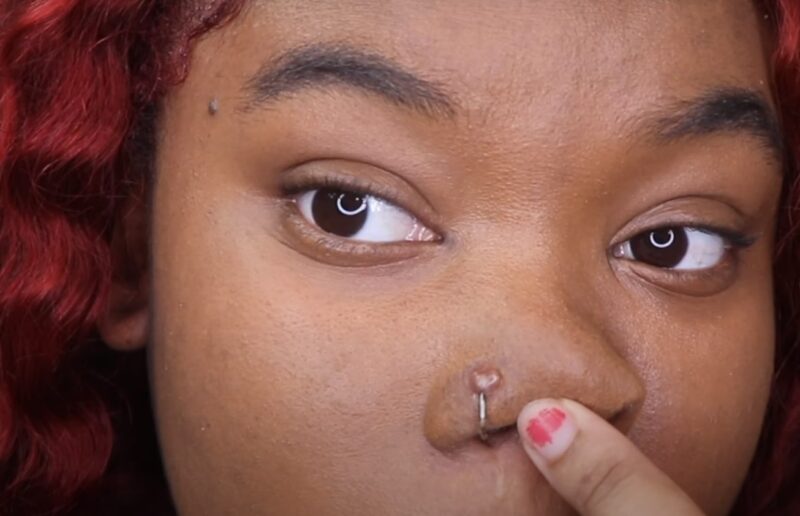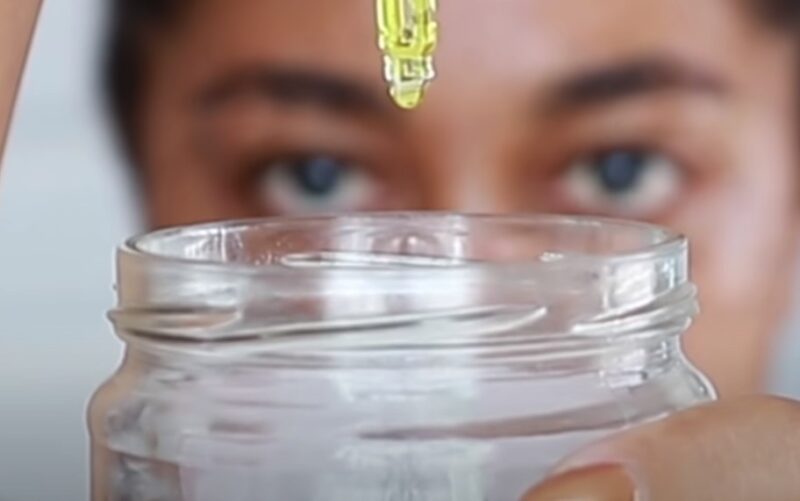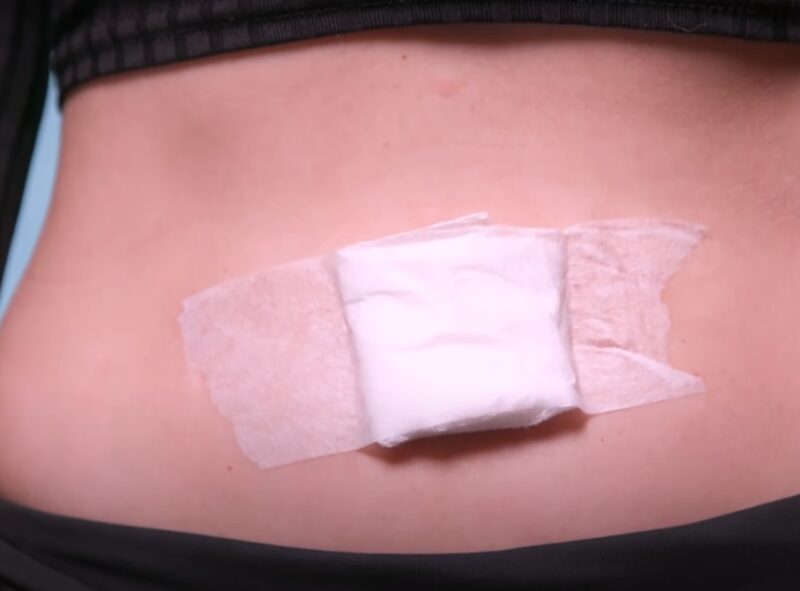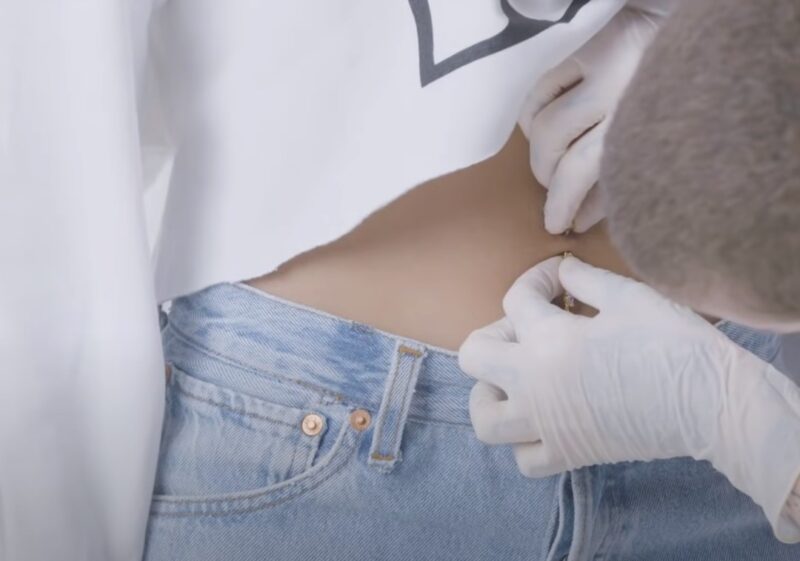Body piercings, while a popular form of self-expression, can sometimes result in unwanted scarring, turning a stylish accessory into a source of frustration. Piercing scars, including hypertrophic scars and keloids, occur as your body heals from the wound caused by the piercing.
These blemishes can vary in size and appearance and might affect one’s self-esteem. Fortunately, there are various methods available to lessen or even eliminate the appearance of these scars, ranging from home treatments to professional medical procedures.
Key Takeaways
Types of Piercing Scars

- Hypertrophic scars usually appear as firm pink or red lesions around the piercing site. They may feel itchy or painful but can flatten and shrink over time.
- Keloids are a more severe form of scarring that extends beyond the original wound boundary. They result from an overproduction of tissue after the skin is pierced and may need professional treatment to remove.
- Atrophic scars appear as indents or depressions in the skin due to a loss of tissue. This type often occurs after a piercing has closed.
Appearance and Treatments
Scars from piercings tend to start out more noticeable and may decrease in size and change in color with time. Multiple factors contribute to their development, including skin type, piercing care, and genetics.
Patients seeking treatments have various options. Integrating consistent skincare routines and scar-minimizing products into their skin regime can be beneficial. Some individuals also consider natural oils, like jojoba oil, to support the healing process, although the efficacy of such treatments varies from person to person.
It is recommended to always practice good piercing hygiene and consult a healthcare professional for persistent or worrisome scars.
Preventive Measures
Taking proactive steps can significantly reduce the likelihood of developing scars from piercings. Two main strategies are to ensure proper piercing care and to select appropriate jewelry.
Proper Piercing Care
One should follow a strict aftercare routine, beginning immediately after the piercing is done. This includes cleaning the piercing with a saline solution twice a day and avoiding unnecessary touching or twisting of the jewelry. It is essential to keep the area clean and dry to prevent infection, which can lead to scarring.
Choosing the Right Jewelry
The material of the jewelry greatly affects the healing process. Jewelry made from hypoallergenic materials like surgical stainless steel or titanium lessens the risk of an allergic reaction and minimizes scarring. The size and shape should be appropriate for the pierced area to allow for swelling and proper healing. Avoid jewelry that is too tight, as it can embed into the skin and increase the risk of scarring.
Home Remedies for Scar Reduction

Reducing piercing scars can often be achieved through home remedies that utilize natural ingredients and over-the-counter products. These methods encourage the skin’s healing process and may help in minimizing the appearance of scars.
Natural Oils and Butters
One popular method involves the use of natural oils and butters, which are known for their skin-healing properties. For instance, jojoba oil is recognized for closely resembling the natural oils in human skin and can be beneficial in scar management.
Regularly massaging a small amount of jojoba oil on the scarred area may provide gradual improvement over several months.
Another effective treatment is raw shea butter, which should be massaged into the scar for about 10 minutes, twice daily, potentially resulting in a notable difference with consistent use over a few months.
Over-the-Counter Products
In addition to natural remedies, various over-the-counter products can aid in scar reduction. Products containing ingredients such as silicone, vitamin E, and hydroquinone can be effective according to NBC News. Silicone gel sheets, for instance, can provide a protective layer that hydrates the scar and can lead to improved texture and color. Moreover, creams and gels designed for scar treatment often contain ingredients that aim to reduce discoloration and promote skin regeneration. It is essential to follow the product’s instructions and give the treatment several months to witness results.
Professional Treatment Options

When seeking to reduce the visibility of piercing scars, individuals have several professional treatment options at their disposal, each with its specific techniques and expected outcomes.
Steroid Injections
Steroid injections, such as cortisone, are commonly used to treat raised scars, including hypertrophic scars and keloids resulting from piercings. They work by reducing inflammation, which can help flatten and soften the scar tissue over time.
Laser Therapy
Laser therapy employs concentrated light to reduce scar tissue and improve the skin’s texture and appearance. There are various laser treatments available, with some targeting the scar’s color while others focus on resurfacing the skin’s top layers.
Surgical Removal
Surgical removal is an option for scars that do not respond to other treatments. During this procedure, a dermatologic surgeon excises the scar, potentially followed by a skin graft or stitches to aid in healing and minimize the appearance of the new scar.
These treatments may require multiple sessions and might be complemented with other therapies, like the application of silicone gel or patches, to achieve the best results. It is essential to consult with a dermatologist or a professional in the field to determine the most suitable treatment option for your specific scar type and skin condition.
Aftercare Following Treatment

Proper aftercare is crucial to minimizing scarring after a piercing-related treatment. It ensures optimal healing and can prevent complications such as infection or further skin trauma.
Post-Treatment Skincare
After undergoing treatment for a piercing scar, patients should adhere to a gentle skincare regimen. They should:
- Keep the treated area clean by using a mild, fragrance-free cleanser.
- Apply recommended topical treatments, which could include over-the-counter or prescription products, to assist with healing and scar reduction.
- Avoid applying irritating substances or any form of abrasive physical manipulation to the area.
- Use sunscreen on the scarred area when exposed to the sun, as UV rays can darken scars, making them more noticeable.
Monitoring Healing Progress
Patients should monitor their scar’s healing process and look for signs of improvement or any changes:
- Daily inspection helps in identifying any adverse changes promptly.
- Note the scar’s color, size, and height changes over time. Keloid or hypertrophic scars may require multiple treatments to improve.
- Any signs of infection, such as increased redness, swelling, heat, or pus, should prompt an immediate consultation with a healthcare provider.
- Consistent follow-ups with the treating professional may be necessary to assess healing and determine if further treatment is warranted.
Frequently Asked Questions
What are the best methods to minimize the appearance of nose piercing scars?
For nose piercing scars, consistent hygiene and the application of scar-reducing treatments like tea tree oil or over-the-counter creams can be beneficial. Patience is also important as these scars may fade over time.
Can topical treatments effectively diminish piercing scars on the face?
Topical treatments can potentially diminish piercing scars on the face, with options such as silicone gel sheets and corticosteroid creams being commonly recommended by dermatologists to reduce scarring.
How can one treat hypertrophic scars resulting from piercings?
Treatment for hypertrophic scars resulting from piercings could include silicone gel sheets, corticosteroid injections, or in some cases, laser therapy, depending on the scar’s severity and the individual’s skin type.
Is it possible to completely eliminate the holes left by piercings, and if so, how?
It is sometimes possible to completely eliminate the holes left by piercings through surgical procedures, such as punch excision. Consultation with a skincare specialist or a plastic surgeon can provide personalized options.
What techniques can lighten the dark pigmentation of scars from piercings?
Lightening techniques for dark pigmentation of scars from piercings include the use of natural lightening agents like lemon juice or medical treatments like hydroquinone creams, keeping in mind that sun protection can prevent further darkening.
Are there any proven remedies to accelerate the healing of eyebrow piercing scars?
Remedies that can accelerate the healing of eyebrow piercing scars typically involve the application of vitamin E oil and following a routine of proper wound care, which aids in faster scar maturation and reduced visibility.
Conclusion
Piercing scars, while common, don’t have to be a permanent mark of regret. With a comprehensive approach that includes proper aftercare, home remedies, and professional treatments, individuals can significantly reduce or even eliminate the appearance of these scars. Whether it’s through natural oils, over-the-counter products, or medical interventions, the key is to find the right treatment that works for your skin type and scar condition.

